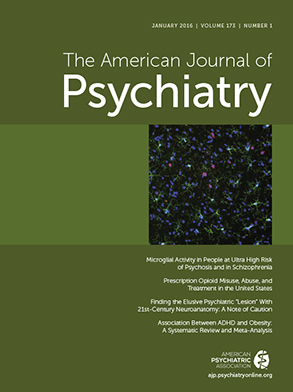Was there a moment when you wanted to read a clear, organized description of psychoanalytic theory that distilled more than a century of intellectual history (throwing out the obviously wrong) into a sequence of tables leading to a two-page uber-summary? How about a contemporary discussion of the relationship of psychoanalysis to psychiatry, including neuroscience, neuroimaging, and other forms of psychotherapy? Elizabeth Auchincloss’ new volume, The Psychoanalytic Model of the Mind, meets this need. She brings a depth of understanding about what is meaningful and what is irrelevant, as well as a gift for clarity and a pragmatic sensibility.
Auchincloss is a psychoanalyst and educator, with important roles at Weill-Cornell Medical Center and the Columbia University Center for Psychoanalytic Training and Research. She is co-editor of Psychoanalytic Terms and Concepts (with Eslee Samberg, M.D.), the go-to place to find out what psychoanalysis thinks. She writes from the perspective of an analytic insider who has spent her career in a major academic department of psychiatry.
It is interesting, and refreshing, that this book was published by American Psychiatric Association Publishing. It last published a textbook of psychoanalysis in 2005 and tends not to highlight topics in this area.
As a psychoanalyst, educator, and author myself, I am focused on psychodynamic therapy and the incorporation of process and outcome data into contemporary technique. So, I start with the question about whether we need another book about psychoanalytic theory and technique. I am tired of historical rehashes and exhortation.
However, I am delighted to report that this book is something new. I could not find another synthesis like this since Brenner’s revision of his classic text in 1974 (
1)! It is a kaleidoscopic view of the psychoanalytic model of the mind written with a sure hand and an easy familiarity. Readers will surely gain a better understanding of the individual models—topographic, structural, object relations, self-psychology—but Auchincloss also organizes each model’s essential contribution to understanding mental topography, motivation, structure/process, development, and psychopathology. Unlike any other similar work I can think of, when Auchincloss discusses each major idea in turn, she simply dismisses those parts of Freud’s thinking that are outmoded or reflect cultural baggage and prejudice. She does not apologize or justify the historical errors, she just states it, and that is a relief.
My favorite chapter is on the Oedipus complex. This concept is central to classical theory and is increasingly left behind in contemporary psychoanalysis and psychodynamic therapy, and Auchincloss reminds us of the currency of this concept and of its important motivational, fantasy, narrative, and developmental aspects. It is not historical baggage.
The problem with a book that summarizes and tries to integrate a century of ideas is that it will either reflect the personal biases of the author or rest on a comfortable pluralism that leaves the clinician without guideposts for how to apply the ideas. Auchincloss deftly demonstrates the utility of various models with case examples and gamely suggests that they can be integrated. She flips around her succinct characterization of what each of the psychoanalytic models of the mind has to say about topography, motivation, structure/process, development, and psychopathology and considers the integrated psychoanalytic model of the mind to include contributions from all of the models above. For example, the integrated psychoanalytic view of psychopathology includes many concepts, such as neurosis, defense versus deficit, compromise formation, borderline personality organization, and pathological grandiose self, each of which comes from the structural model, object relations, etc. I am not sure this is integration as much as thoughtful pluralistic compilation.
But perhaps this is where we are as a field. In keeping with her overall tone of enthusiasm balanced by healthy humility, Auchincloss does not fully commit to an integrated theory when there is no evidence or theoretical weight to support one. I agree, and my view is that different models are useful for different types of psychopathology and that the search for an overarching theory is not fruitful.
Indeed, the glimmers of knowledge arising out of psychotherapy outcome and process research seem to suggest that when therapist and patient find a common language that allows the patient to interpret his or her experience in a new and different way, change can happen. The models are not as important as the potential for shared meanings. I would have liked to see more discussion of the data we do have about psychoanalysis—naturalistic studies, and process and outcome studies about psychodynamic therapy—and how Auchincloss interprets this information in light of her view of psychoanalytic theory.
We have waited a long time for this book. I am glad to have read it and feel my understanding is updated and organized. Psychoanalysts and psychodynamic practitioners will benefit from Auchincloss’ vision and comprehensiveness, and I am planning to use selected chapters for teaching residents and psychotherapy students.

